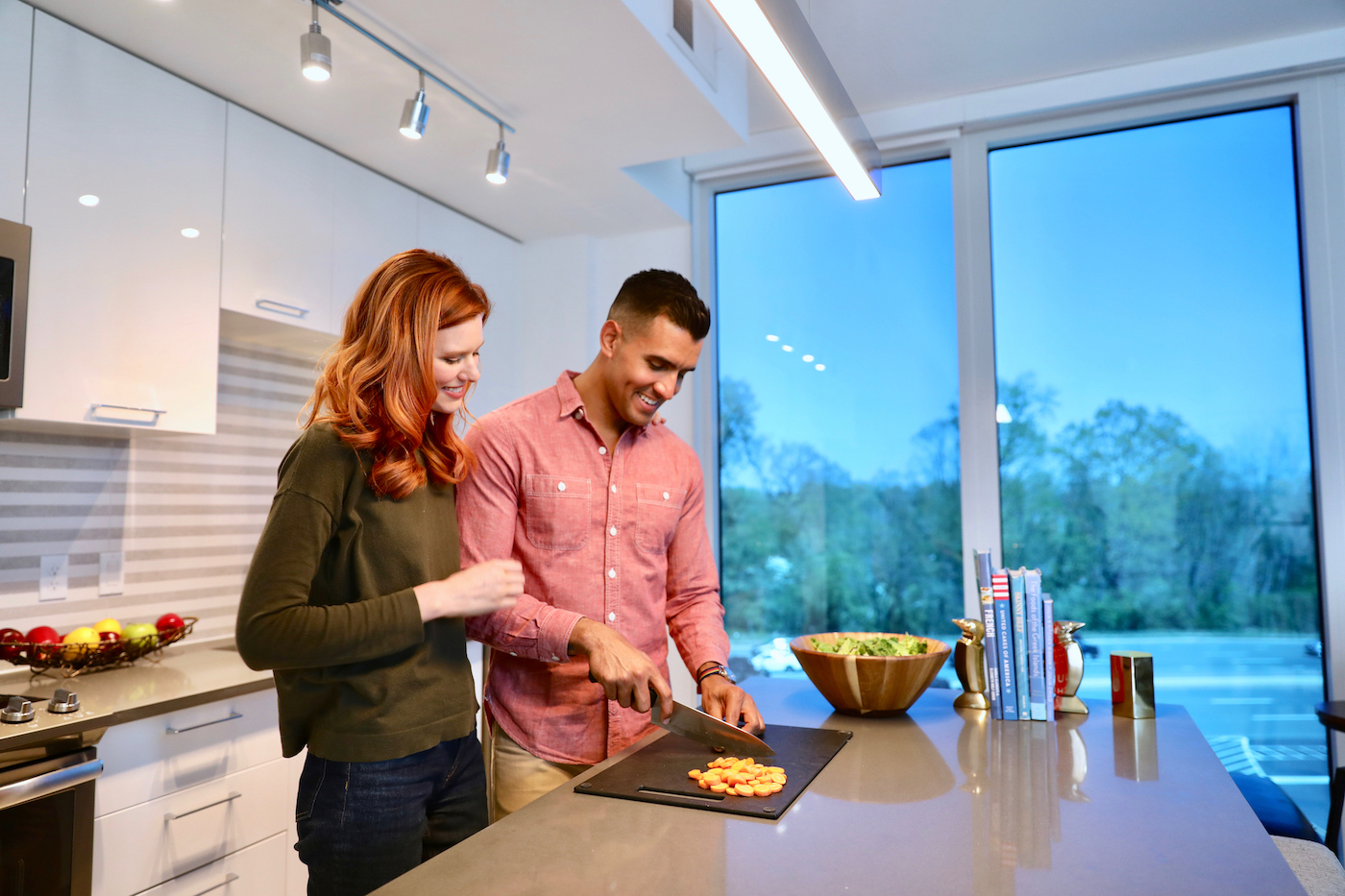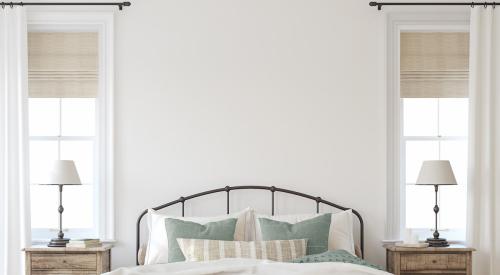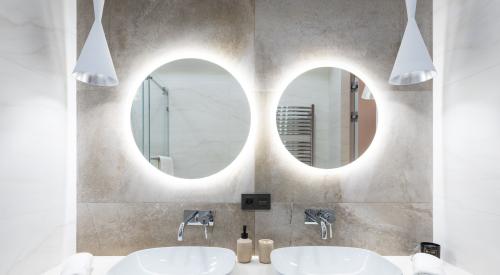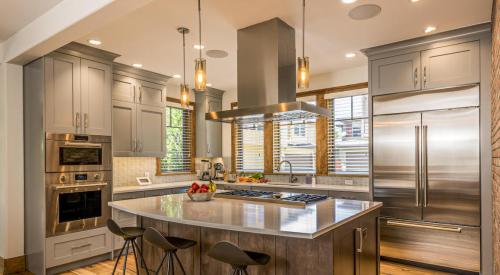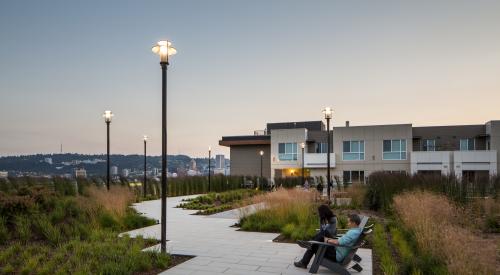As a species, we used to spend most of our time outdoors surrounded by natural light, with only campfire to light our nights. Daylight signaled to our bodies’ inner clock when to wake and when to sleep. The sun cued when we rose and dozed.
Modern life has thrown our circadian rhythm out of whack.
Now, we spend 90-95% of our time indoors, with inadequate exposure to daylight, according to Mariana G. Figueiro, professor and director, Light and Health Research Center, Icahn School of Medicine, Mount Sinai, New York. “We don’t have bright-enough days, and we probably have too-bright evenings,” Figueiro said in a video about a recent study she co-authored on how daylight exposure affects sleep and health.
During the pandemic, many of us have spent even more time within the walls of our homes. In 2020, people ages 15 and over had an average of 2.1 more waking hours per day at home than the year before, according to the Bureau of Labor Statistics.
And that created ripe conditions for a study to determine how the daylight that people get affects how well they sleep. The peer-reviewed study—conducted by Icahn Mount Sinai’s Light and Health Research Center and funded by smart windows manufacturer View Inc.—appears in the September edition of the International Journal of Environmental Research and Public Health.
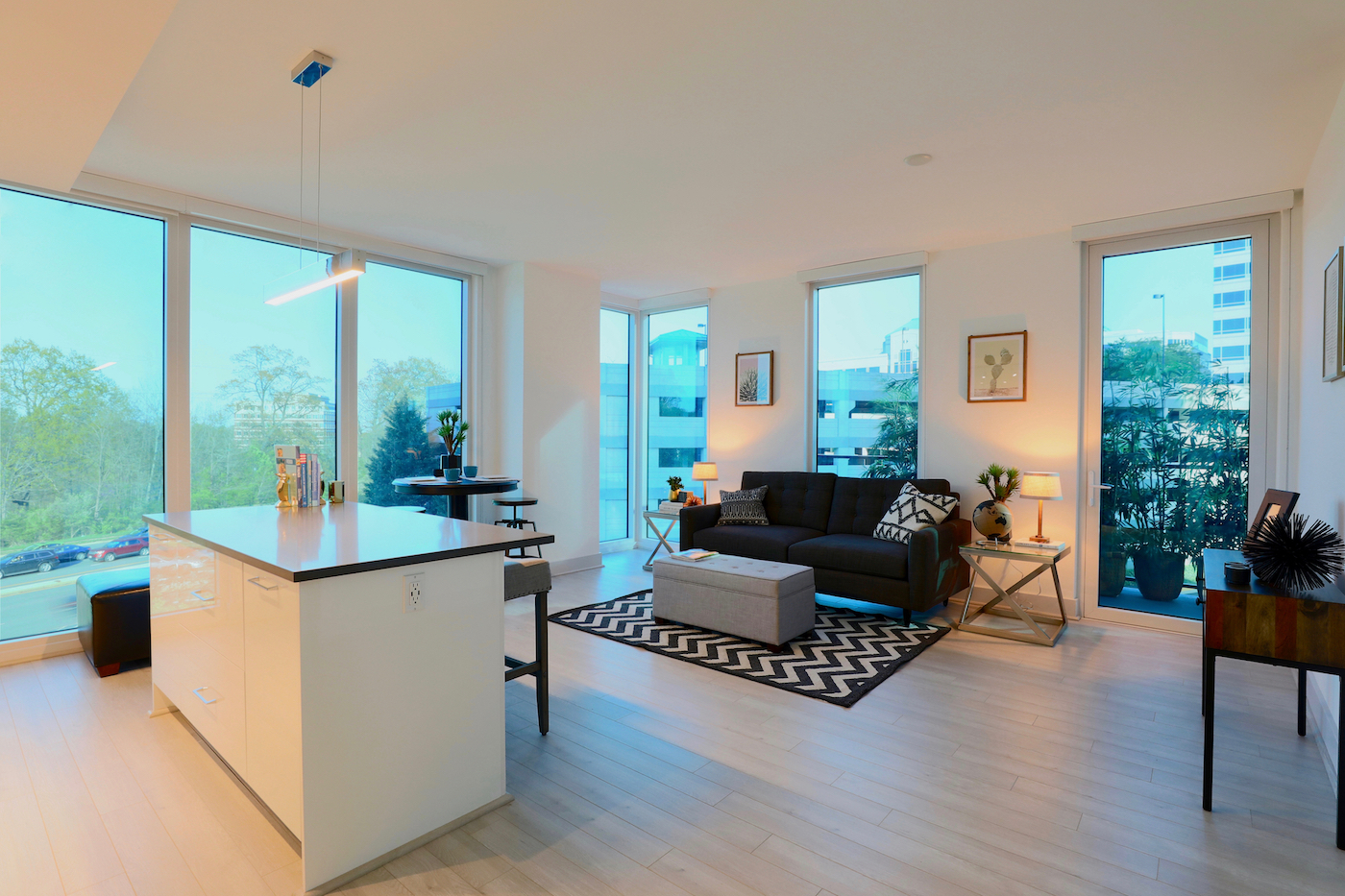
The researchers tracked 20 residents living in an apartment building in Reston, Va. During the study period, the participants all were staying or working at home full-time. They spent one week in their apartments with standard windows with blinds. And they spent another week with electrochromic glass windows, or smart windows, which tint based on the location of the sun to allow more light during the day, less at night.
The participants wore sleep-tracking devices on their wrists, and they completed surveys on their physical and mental health. They provided saliva samples in the evenings to measure their levels of melatonin—the hormone that increases in the evening and triggers sleepiness. They also wore a light monitor during the day to record their personal activity patterns and light exposures.
The results have been as clear as day: Brighter days lead to better nights.
Whey they only had traditional windows with blinds, residents experienced a 15-minute delay in the onset of melatonin production. By contrast, when they had smart windows, participants had a more consistent onset of melatonin. They went to sleep 22 minutes earlier and slept a total of 16 minutes longer. From one night to the next, they had both more sleep and more consistent sleep.
It wasn’t just their slumber that improved—their waking hours got better, too. With smart windows, residents were 11 percent less anxious and 9 percent less stressed. They had more morning vitality and more overall daytime energy. With blinds, however, they had low morning vitality, their vitality levels peaked later in the day, and they had a lot of energy at night.
That all suggests that as smart windows increase daylight exposure within the built environment, they can help improve people’s health. And that could have an impact on the windows that builders and buyers want inside their homes.
“This study shows that daylights and views are not just desirable amenities but also have fundamental impacts on our health and even our hormones,” study author Piers MacNaughton, vice president of health strategy, View Inc., said in a statement.
These findings follow another View Inc.-funded study last year that saw similar results. That study found that workers with smart windows in their offices slept 37 minutes longer than office workers with traditional glass windows and blinds. Plus, the smart-glass group scored 42 percent higher on cognitive assessments.
“It is critical,” the 2021 study concludes, “to incorporate daylighting solutions in buildings that go beyond meeting visual task requirements and promote circadian alignment and health more broadly.”


